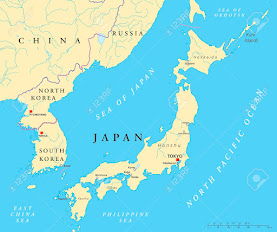In ancient times, communities thrived in harmony. Villages were the heart of social life, where people worked together, celebrated festivals, and shared stories. Simple customs and rituals tied everyone together, creating strong bonds within families and neighborhoods.
As time
flowed, different dynasties and empires left their imprints on India's social
structure. The caste system emerged, organizing society into distinct groups
based on occupations. While this system provided a sense of order, it also
brought challenges, impacting individual freedoms.
Religion
played a pivotal role in shaping social norms. Practices from Hinduism,
Buddhism, Jainism, Islam, Sikhism, and other faiths influenced daily life and
societal expectations. Festivals became occasions for communities to come
together, fostering unity amidst diversity.
The Mughal
era introduced architectural marvels like the Taj Mahal, showcasing the
grandeur of royal courts. Social gatherings became more elaborate, with arts
and culture flourishing in the form of dance, music, and poetry.
The British
colonial period brought changes to social structures. Educational institutions
were established, allowing individuals from various backgrounds to access
knowledge. The introduction of English as a medium of instruction created new
opportunities and challenged traditional hierarchies.
Independence
in 1947 marked a significant turning point. Social reform movements, led by
visionaries like Mahatma Gandhi, sought to eradicate social evils such as
untouchability and promote inclusivity. The Constitution of India enshrined
principles of equality, justice, and freedom, laying the foundation for a
democratic and socially just nation.
Post-independence,
India witnessed advancements in education and healthcare, contributing to
improved living standards. The Green Revolution addressed food scarcity, while
policies focused on uplifting marginalized communities, empowering them to
participate actively in social and economic life.
The late
20th century and beyond brought globalization and technological advancements.
Urbanization accelerated, transforming social dynamics. Traditional joint
families gave way to nuclear families, and women increasingly entered the
workforce, challenging gender norms.
Challenges
persist, including issues of poverty, inequality, and access to basic
amenities. However, initiatives for social inclusion, affirmative action, and
grassroots movements strive to address these challenges and create a more
equitable society.
India's
social tapestry is a mosaic of traditions, progress, and shared experiences.
From ancient villages to modern cities, the social fabric has evolved,
embracing diversity while navigating the complexities of change. The story of
India's social journey is ongoing, a narrative shaped by resilience,
adaptation, and a collective vision for a better future.



.jpg)




.jpg)
.jpg)




0 Comentarios